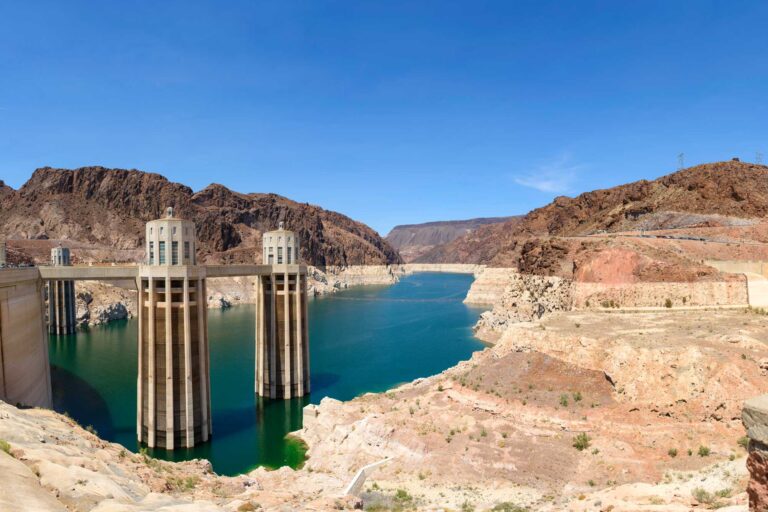Summary
The federal government is deeply involved in western water. It is the largest landowner, major supplier of irrigation, principal supporter of the farm sector, primary source of water information, and chief environmental regulator. For more than a century, western states have relied on a complex partnership with numerous federal agencies to manage water. The latest widespread drought has revealed both strengths and weaknesses in the federal role.
To weather a warmer and possibly drier future, and to prepare for and respond to drought more effectively, the states and the federal government must address these weaknesses and work together to strengthen their partnership.
Timely solutions are critical, given the growing vulnerability of the region’s residents, businesses,and environment to drought. This report identifies a suite of federal actions that can help western states better manage drought. These reforms are, by design, modest and pragmatic. They focus on enhancing existing federal capacities, rather than implementing sweeping initiatives that would require time-consuming new funding or legislation.
Five interrelated areas where federal action could have the greatest impact include:
- leveraging federal authority to resolve key water conflicts;
- coordinating federal actions to align agency efforts and priorities;
- changing agricultural support programs to create watershed-scale benefits;
- improving headwaters management to protect water sources and reduce impacts of catastrophic wildfire; and
- modernizing water information to help all phases of planning and operations.
These modest changes in federal policies can enhance the federal partnership with western states and boost drought resilience to avoid further unwanted economic, social, and environmental impacts.
Topics
Drought Paying for Water Water, Land & Air

